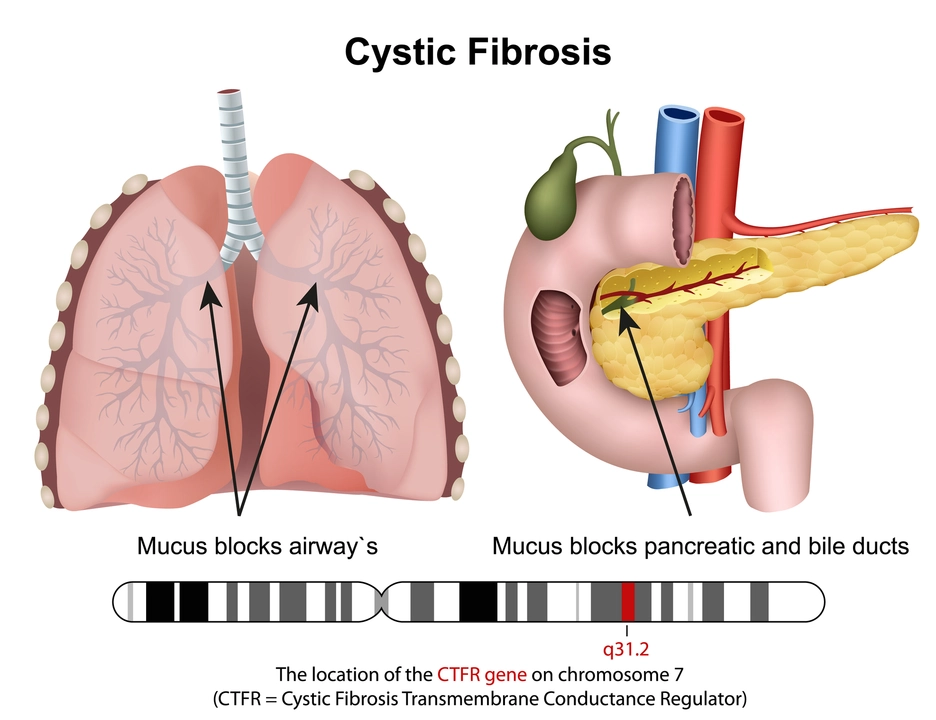Sinusitis: Symptoms, Causes, and Fast Relief
Sinusitis is an inflammation of the air-filled spaces behind your forehead, nose, and cheekbones. It can follow a cold, an allergy flare, or sometimes show up on its own. The main signs are nasal congestion, thick nasal discharge, facial pressure, reduced sense of smell, and a sore throat from post-nasal drip. Fever and bad breath can happen too.
Most sinusitis cases start with a virus. Viral sinusitis typically gets better in 7 to 10 days. Bacterial sinusitis is less common but can follow when symptoms worsen or persist beyond ten days. Allergic sinusitis comes from exposure to triggers like pollen, dust, or pets. Structural issues - a deviated septum or nasal polyps - can make you more likely to have repeated problems.
Quick relief at home
Start with steam and hydration. Breathing warm steam loosens mucus and eases pressure. A hot shower, a bowl of hot water, or a humidifier helps. Drink plenty of fluids to thin mucus. Saline nasal irrigation or sprays clear mucus and reduce swelling. Over-the-counter options include decongestant drops (short-term only) and oral decongestants. Pain relievers like acetaminophen or ibuprofen reduce pain and fever. If allergies drive your symptoms, an antihistamine or a nasal steroid spray often helps.
When to see a doctor
Call your doctor if symptoms are severe, such as high fever, vision changes, or swelling around the eyes. Seek care when symptoms linger more than ten days without improvement, or when you get better then suddenly worse. Those with weakened immune systems, diabetes, or other chronic conditions should get earlier medical advice. Your doctor may suggest prescription nasal steroids, a short antibiotic course for suspected bacterial sinusitis, or referral to an ENT specialist if problems repeat.
Wash hands often to lower viral spread. Manage allergies with avoidance and treatment. Use a humidifier in dry months. Treat a cold early with saline rinses and rest to prevent progression. If you smoke, quitting makes a big difference for nasal health.
Most people never need surgery. If structural problems or chronic sinus inflammation don’t respond to medication, an ENT can evaluate options like functional endoscopic sinus surgery to open blocked passages. Surgery is a targeted fix, not a cure-all, and comes after other steps fail.
Quick checklist - Try steam and saline irrigation daily. - Use OTC pain relievers as needed. - Avoid long-term nasal decongestant drops. - See a doctor if symptoms worsen or persist beyond ten days.
Children and older adults can show different signs. Kids often have cough and irritability rather than clear facial pain. Older adults may have milder symptoms but higher risk of complications. Don’t give aspirin to teens with a viral illness. If you use nasal steroids, expect two to four weeks for full benefit. Allergy shots or targeted biologic drugs are options for chronic cases linked to severe allergies.
If sinus pressure keeps ruining your days, a few simple steps usually help. If not, get medical help and ask about testing for allergies or imaging to find the cause.
The Connection Between Cystic Fibrosis and Sinusitis
As someone who has researched the connection between cystic fibrosis and sinusitis, I've come to understand that these two conditions are closely related. Cystic fibrosis, a genetic disorder, causes the body to produce thick mucus, which often leads to chronic sinusitis. This is because the mucus clogs the sinus passages, creating the perfect environment for bacterial growth and infection. It's important for those with cystic fibrosis to work closely with their healthcare team to manage sinusitis and prevent complications. In conclusion, the relationship between cystic fibrosis and sinusitis highlights the importance of proper care and management to maintain the overall well-being of affected individuals.
View More
